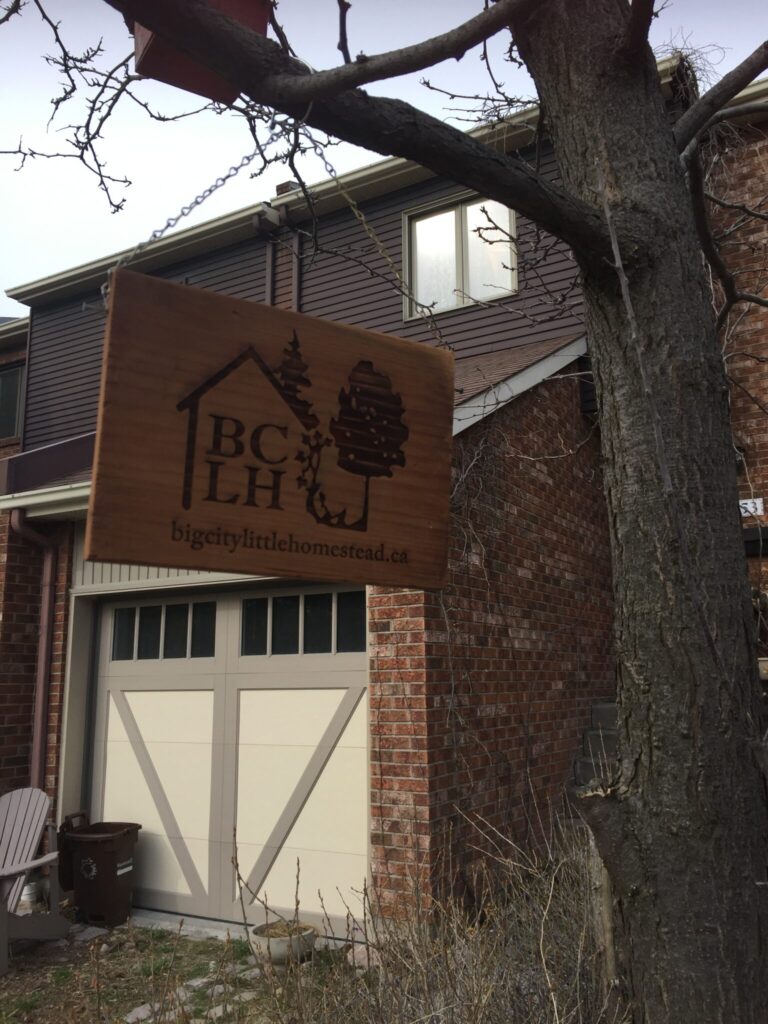This post is a bit of a departure from usual topics! The pandemic has brought a lot of people home and made them appreciate a few things. Some of them are obvious, like decluttering (my low-key favourite!) and home decoration (that too) and house plants (I’ve got lots of those). One of the many other home-bound themes, though, has to do with the clothes we wear…and aren’t wearing, as we’re not going out in public much these days. In fact, we’re wearing a lot of
Schlep-wear, schlepwear | house-schlep clothes.
1. No-longer-stylish or imperfect yet comfortable clothes you only wear at home, to preserve socially-appropriate clothing for repeated use and greater longevity. I changed into my house-schlep tights as soon as I got home. I slung my work pants over the back of the chair for Friday morning.
2. Stained or worn out clothes worn over other clothes for the purpose of getting dirty while working on household or outdoor projects. I split the seam of this pair of pants, so now they're schlep-wear for the next time I paint.
I must say I was surprised and a bit annoyed to read about people feeling the “need” to buy house-schlep clothes, as in, the ultra-comfy casual wear that found a new market this pandemic. They can spend the money if they have it, but didn’t they just overburden all the charity shops by getting rid of too much (too fast: all at the same time), and now they’re buying more? This is ironic. Or just poor decision-making.
I hope that merchants are selling their overstock, the stuff previously going to waste in this incredibly wasteful industry. Otherwise, workers are in the factory at great risk to themselves right now, or at their sewing machines at home, merely to supply a frivolous need.
Because in my view, people were already wearing house-schlep clothes. And there’s a ready supply of second-hand clothes both online and in charity shops, even if in-person shopping is a limitation. Even for pyjamas, you don’t need new house-schlep clothes because…







